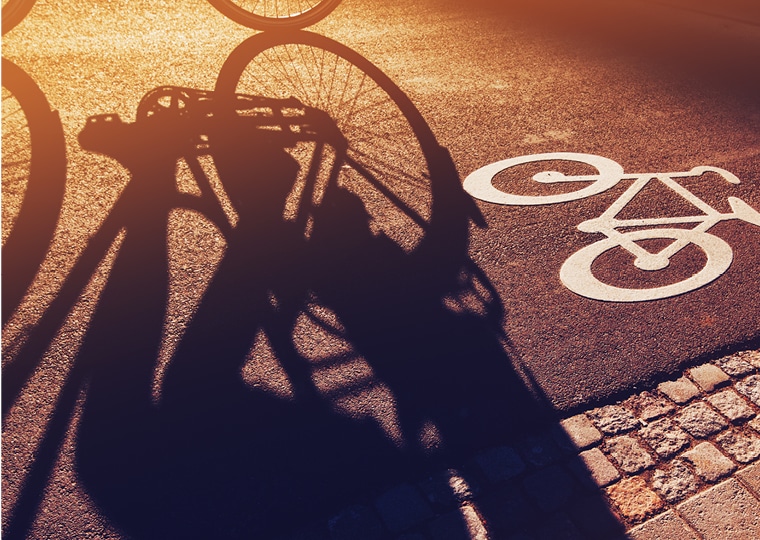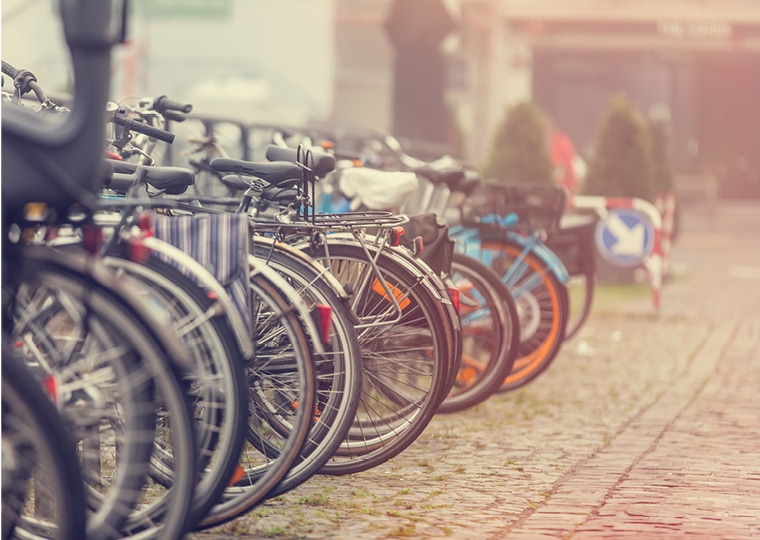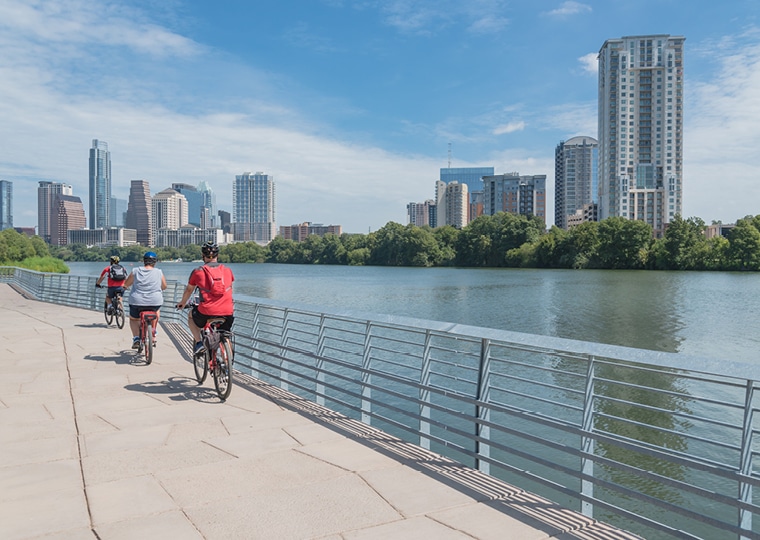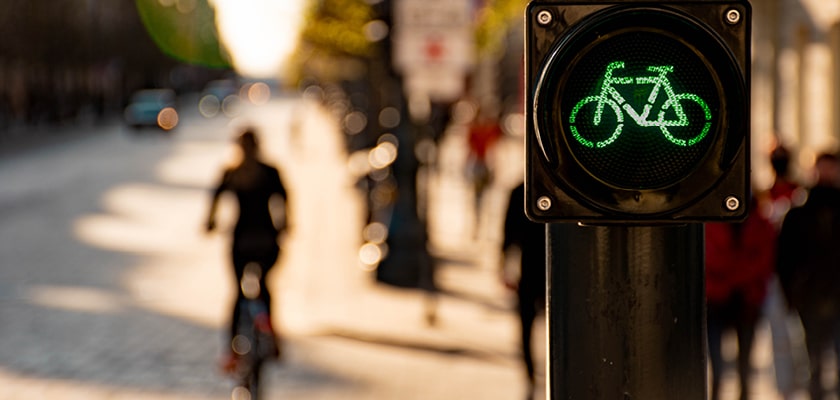
In this three-part series, Rob Spillar, STV’s Director of Smart Cities, examines the national movement to invest in smarter and safer bicycle and pedestrian infrastructure, using real-world examples to guide best practices.
In part one, Rob discusses the current cultural shift to create more innovative and safer pedestrian and bicycle infrastructure in the United States.
As communities across the United States look to improve access, mobility and safety for the most vulnerable road users – namely pedestrians and bicyclists – the need to invest in upgraded bicycle infrastructure has never been more paramount.
When recently attending the annual meeting of the National Association of City Transportation Officials (NACTO) in Denver, I heard repeatedly from both municipalities and state organizations about the need to further expand our nation’s bicycle infrastructure with a focus on safety. We are all in alignment in that most roadway infrastructure, including rural roadways, state highways, urban arterials and other higher-speed facilities, needs to safely accommodate pedestrians and bicyclists.
Even when designing infrastructure like limited access freeways, which traditionally (and rightly) exclude pedestrians and cyclists, there needs to be consideration to the fact that there may be vulnerable users within the right-of-way. I.e., cars break down and people need to safely move along the freeway to get help. People will also need to sometimes cross these limited access barriers to access help or services even if they are on foot or on bikes so we need to provide sufficient crossing opportunities in the form of overpass bridges and pedestrian structures.
I am not a regular cyclist. Although I aspire to commute to my office in Downtown Austin by bike this summer, I currently define myself as a recreational rider. And while I am a fairly confident rider, I also recognize that the design of the bicycle facility plays a significant part in my maintaining that confidence. If a facility is designed in a manner where the car traffic next to me understands their space and recognizes mine, I feel safe. Barriers of any type (e.g., a buffered area, vertical delineators, parked cars, concrete barrier, planted separation strip, protected signal phase, or even a bicycle signal head) all make me feel relatively safer, increasing with the degree of separation provided.
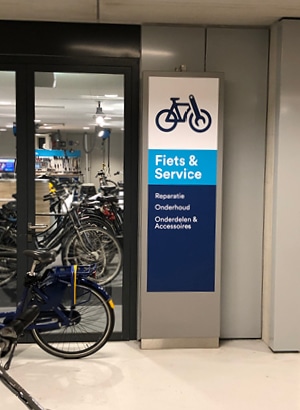
I’ve also seen first-hand in countries like the Netherlands, Denmark, Belgium and Norway that a transformation occurs when bike traffic is not only accommodated but is valued as a crucial mode of urban transportation. Americans often discount the phenomenon of “super-bike culture,” believing that it won’t work in the United States because of our dependency on automobiles, the long distances between communities, etc. But these Nordic countries made an active choice to invest in their bike and pedestrian infrastructure during the 1970s and ‘80s in response to world-wide oil shortages. While the United States doubled down on creating strategic oil reserves and improving vehicle gas mileage, these countries chose to invest in bike and pedestrian infrastructure. This was a strategic choice because in the years after World War II, these Nordic Countries also invested in auto-centric policies, similar to the United States. STV’s Smart Cities team is dedicated to working with our local infrastructure clients to broaden the use of bikes and walking within the United States, and by encouraging reinvestment in city and state infrastructure.
In the United States, the tide now seems to be shifting. The Infrastructure Investment and Jobs Act has set aside significant funding to expand and connect safe bike infrastructure throughout the country and the implementation of Vision Zero policies – which strives for zero deaths in our transportation network – has grown exponentially over the past decade. But beyond federal funding, these communities are also investing in this infrastructure because residents and visitors alike are demanding a safer and more reliable transportation network for all users.
In the following two installments of this series, I will highlight some of the most inspiring and unique solutions that demonstrate my point about creating and reinforcing a bike culture. These examples show how communities are thinking beyond just the bike lane and beginning to plan for a transformational shift to non-automotive-dependent communities.

Have an example of smart bicycle infrastructure investment or need more information about how STV is creating Smart Cities by advising on solutions to protect vulnerable roadway users? Contact Rob Spillar at .
